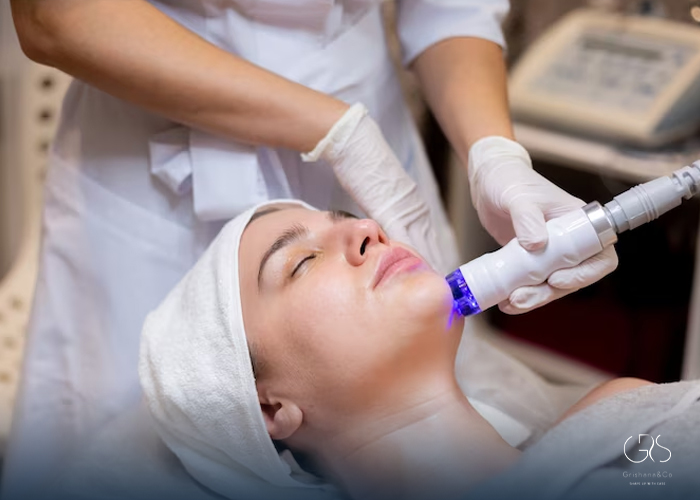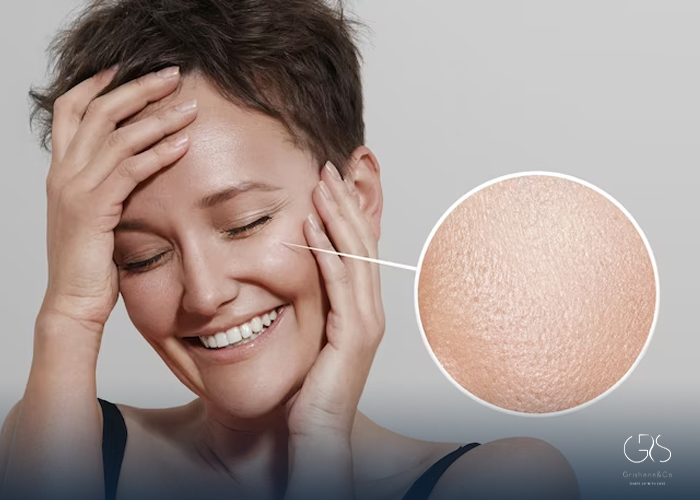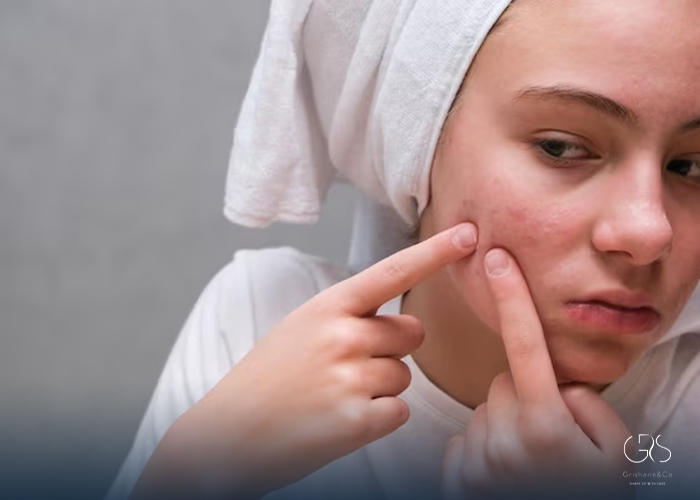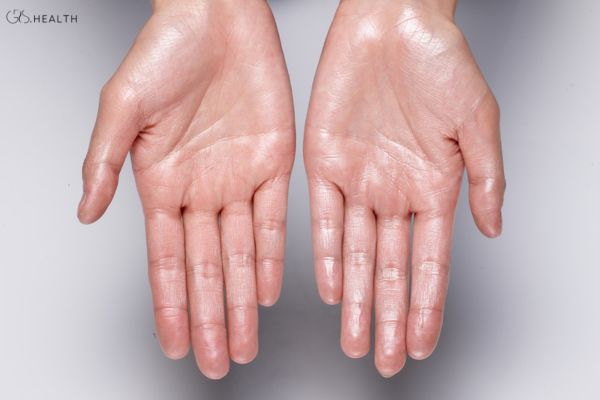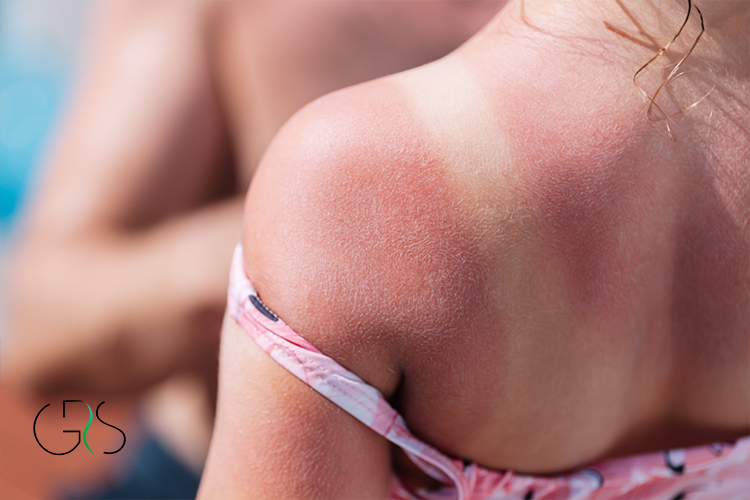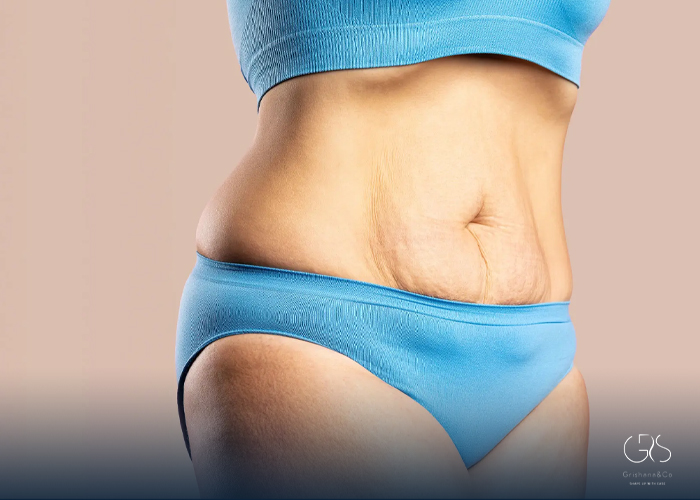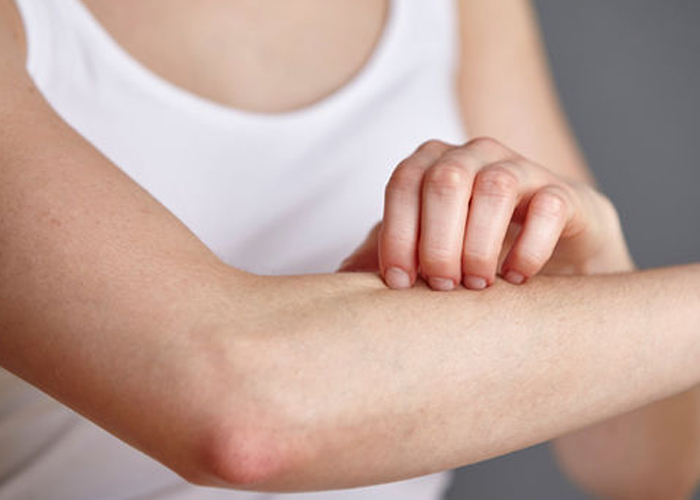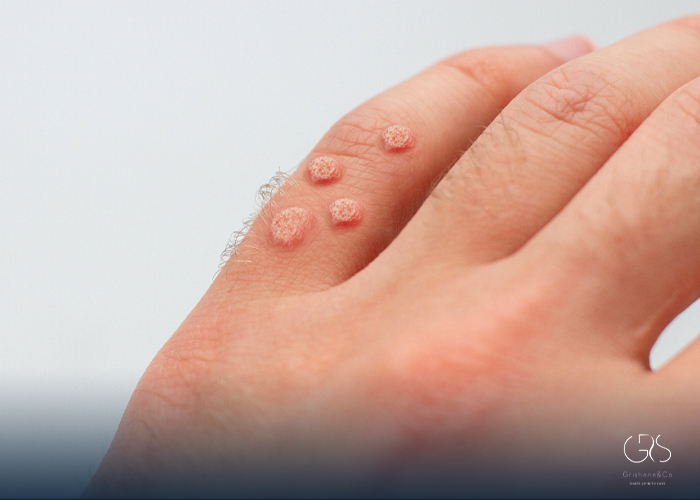Microdermabrasion is a non-invasive skincare treatment that involves exfoliating and rejuvenating the skin’s outer layer. It has gained popularity in recent years for its ability to address various skin concerns, including acne scars, fine lines, hyperpigmentation, and uneven texture. This article aims to provide a comprehensive understanding of microdermabrasion, its benefits, and whether it is a treatment suitable for everyone.
What is Microdermabrasion?
Microdermabrasion is a cosmetic procedure that uses fine crystals, diamond-tipped wands, or a combination of both to gently remove the outer layer of dead skin cells. By exfoliating the skin, microdermabrasion stimulates cell turnover and promotes the growth of new, healthy skin cells. The procedure is typically performed by a licensed skincare professional, such as a dermatologist or esthetician.
Microdermabrasion is often classified into two types:
crystal-based and diamond tip.
1.Crystal-Based Microdermabrasion: In this technique, fine crystals, usually aluminum oxide or sodium bicarbonate, are sprayed onto the skin and then suctioned back with a vacuum. These crystals abrade the surface layer of the skin, removing dead cells and debris.
2.Diamond Tip Microdermabrasion: Instead of crystals, diamond-tipped wands are used to gently exfoliate the skin. The diamond tips come in various sizes and coarseness levels, allowing for customization based on the individual’s skin type and concerns.
The Benefits of Microdermabrasion
Microdermabrasion offers several potential benefits for individuals seeking skin improvement. Here are some key advantages of the treatment:
1.Exfoliation and Cellular Renewal: Microdermabrasion effectively removes the dead skin cells, allowing the healthier layer of skin to emerge. By stimulating cellular turnover, the treatment promotes the growth of fresh, more youthful skin cells.
2.Improved Skin Texture: The exfoliating action of microdermabrasion can refine the skin’s texture, reducing roughness, and enhancing smoothness.
3.Reduction of Acne Scars and Hyperpigmentation: Microdermabrasion can help minimize the appearance of acne scars and hyperpigmentation by promoting the growth of new skin cells and increasing collagen production.
4.Reduced Fine Lines and Wrinkles: By exfoliating the outer layer of skin, microdermabrasion can diminish the appearance of fine lines and shallow wrinkles, resulting in a more youthful appearance.
5.Enhanced Skin Absorption: Following microdermabrasion, the skin is more receptive to skincare products, allowing them to penetrate deeper and work more effectively.
6.Minimal Downtime: Unlike more invasive skin treatments, microdermabrasion requires little to no downtime. Patients can resume their regular activities immediately after the procedure.
Is Microdermabrasion Suitable for Everyone?
While microdermabrasion is generally considered safe for most skin types, it may not be suitable for everyone. It is crucial to consider individual skin conditions, specific concerns, and medical history before deciding to undergo microdermabrasion. Here are a few factors to consider:
1.Skin Sensitivity: Individuals with highly sensitive or fragile skin may experience excessive redness, irritation, or even minor abrasions from microdermabrasion. It is advisable to consult with a skincare professional to determine whether the treatment is suitable in such cases.
2.Active Acne or Rosacea: Microdermabrasion may not be recommended for individuals with active acne or rosacea, as the exfoliation process can potentially aggravate these conditions. A skincare professional can suggest alternative treatments or determine if the procedure can be performed with caution.
3.Recent Sunburn or Wound: Individuals with recent sunburns or open wounds should avoid microdermabrasion until the skin has fully healed. The treatment may increase sensitivity and discomfort in such cases.
4.Skin Conditions and Medications: Individuals with certain skin conditions, such as eczema, dermatitis, or psoriasis, should consult their dermatologist before undergoing microdermabrasion. Additionally, individuals using certain medications, such as isotretinoin (Accutane), may need to wait until they have completed the medication course before considering the treatment.
5.Skin Cancer History: Individuals with a history of skin cancer or pre-cancerous lesions should seek advice from a dermatologist before undergoing microdermabrasion. The procedure may not be suitable or may require additional precautions.
Conclusion
Microdermabrasion is a popular non-invasive skincare treatment with potential benefits for various skin concerns. While it offers advantages such as exfoliation, improved skin texture, and reduced signs of aging, it may not be suitable for everyone. Consulting a skincare professional, considering individual skin conditions, and weighing the potential risks are essential before deciding on microdermabrasion.
It is important to note that the information provided in this article is for informational purposes only and should not replace professional medical advice. Each individual’s skin is unique, and a personalized consultation with a skincare professional is recommended to determine whether microdermabrasion is the right treatment option.
Sources
- American Society of Plastic Surgeons. (n.d.), Microdermabrasion
- American Academy of Dermatology Association. (n.d.), Microdermabrasion: Purpose, Procedure, Risks
- Microdermabrasion, WebMD. (2020, October 15)


